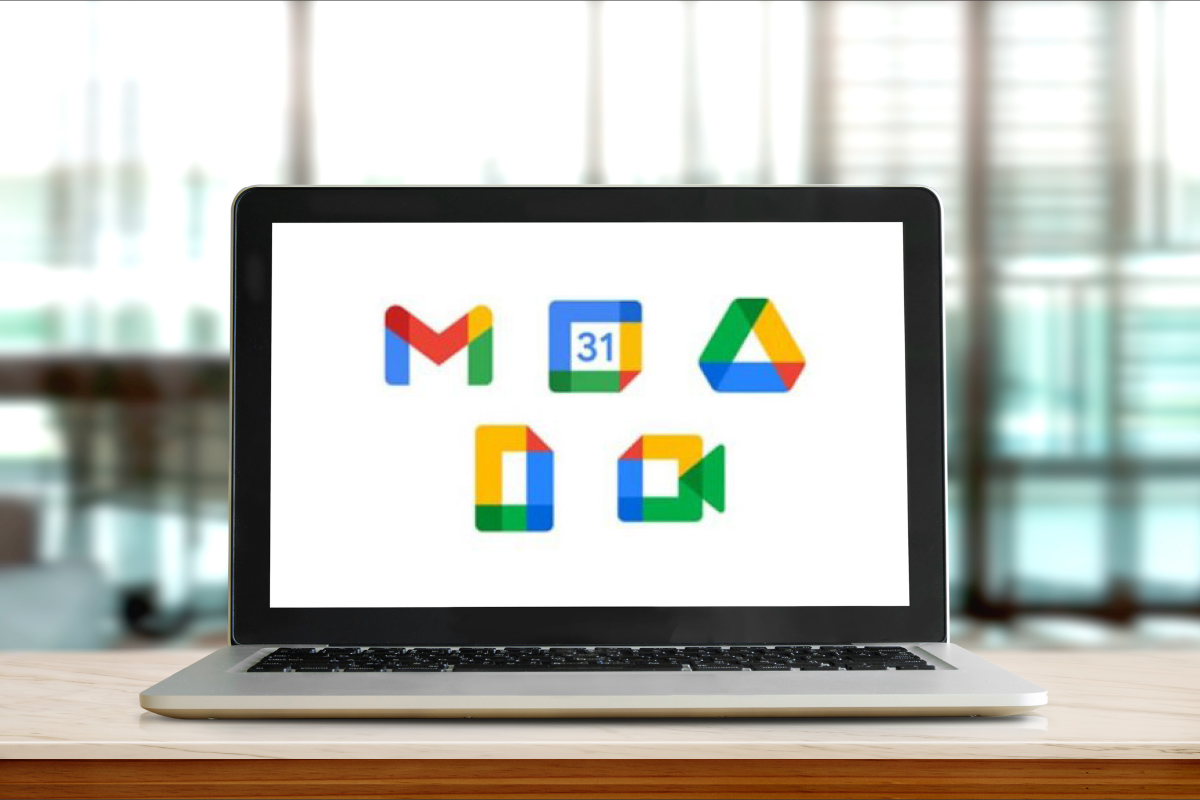What are the benefits and concerns of ChatGPT for teachers?

It’s an AI-powered chatbot that uses artificial intelligence to understand language and carry out conversations with humans. It’s basically like a really smart friend who always knows what to say. So when you need help or want to ask a question, you can type it into a text box and get a human-like response. Try it out for free here.
So, what are the benefits of ChatGPT for teachers?
Quick access to information
When researching a new subject, ChatGPT is a great tool to easily access information on a variety of topics – saving teachers time and effort. It gathers data from a pre-processed collection of sources such as books, articles, websites, and social media posts.
Personalised answers
It can personalise responses based on the teacher’s language, interests, and learning objectives, offering tailored resources relevant to an individual teacher’s needs.
Time-saving lesson planning
ChatGPT can also help teachers prepare effective lesson plans. Not only can it offer relevant information for planning, but it also provides feedback on the effectiveness of teacher strategy. Simply ask it to assess or analyse work and it will suggest improvements.
Inspiration
For those who feel stuck in a teaching rut, ChatGPT is a great way to begin thinking outside the box. Teachers can use the AI chatbot to spark creativity and inspire new ideas and perspectives. It may even encourage new approaches in the classroom!
What are the concerns of ChatGPT for teachers?
Plagiarism
It’s understandable for teachers to be concerned about students’ use of ChatGPT (and other AI language models) and the impact this may have on the authenticity of their work. However, technology of this nature is only becoming more prevalent, so educational institutions and teachers could view this as an opportunity to plan for the future and ensure that assessments are fit-for-purpose.
Reliability
ChatGPT gets its information from a large collection of text data, which has been pre-processed and organised. Even though it is trained to analyse patterns and make predictions, it may provide responses that are not entirely accurate or reliable. Therefore, it’s important to verify the information before using it as a resource. Note – you can always ask it to cite references!
Bias
There’s a potential for ChatGPT responses to reinforce stereotypes or discrimination. Teachers need to be aware that answers are biased to the data ChatGPT was trained on, so it’s important to apply discretion to ensure inclusivity and content that is free from bias.
Lack of human interaction
While ChatGPT can provide quick answers and resources, it cannot replace human interaction and the value of face-to-face conversations with colleagues or students.
Overreliance
There is a risk that teachers may become over-reliant on ChatGPT and neglect to develop critical thinking and problem-solving skills. ChatGPT should be viewed as a tool to support teaching, rather than a replacement for teachers’ own expertise and knowledge.
After weighing up the benefits and concerns, where do you stand with using AI in the classroom? As AI technology continues to advance, it’s understandable to be hesitant. But why not embrace it and try it as a tool to enhance your teaching and learning experience?
Disclaimer: You may find it interesting to know that the content for this article was primarily sourced through ChatGPT. If you’re keen to source content for your next speech, lesson plan, or email to parents – why not give it a go!













